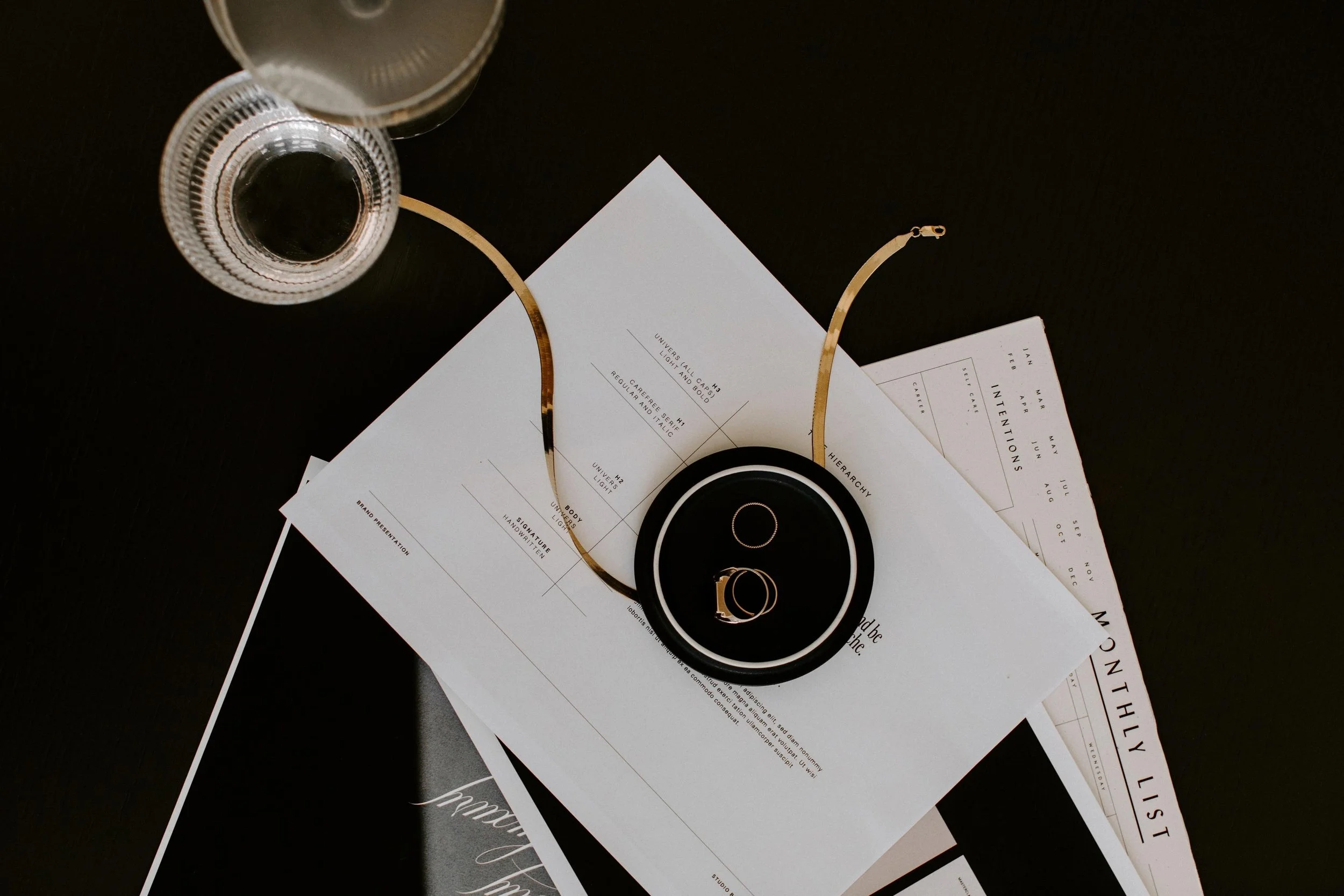
Do you ever wonder why some websites feel instantly welcoming and easy to navigate, while others, despite having great content, just leave you with a sense of visual fatigue and a desire to click away? The answer often lies in an element we rarely think about: typography. We’re not just talking about choosing a pretty font; we’re discussing the art and science of arranging type to create a seamless, engaging, and professional digital experience for every visitor.
The Psychology Behind Your Font Choices
When we think about a website’s design, we typically focus on images, colors, and layout. However, the fonts you choose and how you use them are subconsciously telling your brand’s story. A well-chosen typeface can evoke feelings of trust, innovation, and expertise, while a poor one can make you seem unprofessional or outdated. It is a subtle yet powerful tool. For instance, a clean, modern sans-serif font might be perfect for a tech startup, conveying a sense of forward-thinking and simplicity. On the other hand, a classic serif font could be the ideal choice for a law firm or a financial publication, suggesting tradition, credibility, and authority. The contrast between these two styles is immense and speaks volumes before a single word is read. We’ve seen this dynamic in countless places, from the sleek branding of a major Turkish e-commerce platform to the more traditional feel of a long-standing bank. The choices directly affect how users perceive the company.
Readability is the Ultimate Goal
Imagine you have written the most compelling, detailed article on a subject, but the text is tiny, the lines are too close together, and the color contrast is poor. No one will ever read it. Readability is the bedrock of good typography, and it goes far beyond just picking a font you like. It involves a careful balancing act of various elements, including font size, line height (leading), and letter spacing (kerning). For optimal on-screen reading, a line height that is approximately 1.5 times the font size is a great starting point, though this can be adjusted based on the specific typeface. Too little space makes the text feel cramped, while too much can break the flow of reading. Similarly, a character count of about 45 to 75 characters per line is generally considered the sweet spot for maximum comfort and comprehension. It is a key detail that can make or break the user experience on any device, especially with the rise of mobile browsing. Ignoring these basic principles is a sure way to drive visitors away and increase your site’s bounce rate.
Creating a Visual Hierarchy
Think of a newspaper. The headlines are large and bold, the subheadings are smaller but still prominent, and the body text is the smallest. This isn’t random; it’s a meticulously crafted visual hierarchy that guides your eye through the page. We use the same principles in web design to lead the user through our content, highlighting the most important information first. Headings, subheadings, and body text should all have distinct sizes and weights to signal their importance. A clear hierarchy helps users quickly scan a page to find what they’re looking for, reducing frustration and improving overall engagement. Using HTML heading tags like H1, H2, and H3 correctly is not only a best practice for design but also for search engine optimization (SEO). Search engines use these tags to understand the structure and content of your page, so getting them right can significantly boost your site’s performance in search results. It’s a technical detail that has a massive impact on both human and algorithmic readers.
The Impact on Your Website’s SEO and Performance
Many people don’t realize that typography is a silent partner in your SEO strategy. Google and other search engines are not just looking at keywords; they are analyzing the entire user experience. A website with poor typography often leads to a higher bounce rate because visitors find it difficult to read and quickly leave. Search engines interpret this as a sign that the content is not valuable, which can negatively affect your rankings. Moreover, the fonts you choose can impact your site’s loading speed. Using too many custom fonts or not optimizing them properly can slow down your site. Since page speed is a significant ranking factor, this can directly hurt your SEO. We should always aim for a balance between aesthetic appeal and performance. Utilizing web-safe fonts or carefully optimizing custom ones can help maintain a fast, efficient site that users and search engines will appreciate. The impact is far-reaching, touching everything from user psychology to technical performance.
Best Practices for Harmonious Typography
When it comes to typography, less is often more. A common mistake we see is using too many different fonts. A good rule of thumb is to stick to just one or two complementary typefaces. One can be used for headings and the other for body text. This approach ensures a cohesive and professional look. Another critical factor is contrast. The text color should always have sufficient contrast with the background color to ensure readability for everyone, including people with visual impairments. There are many tools available online to check contrast ratios, and it is a simple step that can make a huge difference in your site’s accessibility and user-friendliness. We’ve seen this in practice on Turkish government websites, which have strict accessibility standards to follow. The effective use of white space is also paramount. A paragraph that is too dense with text feels overwhelming. Adding adequate spacing between paragraphs and around headings gives the content room to breathe, making it more inviting to the reader. This is a fundamental design principle that applies to everything from a simple blog post to a complex e-commerce page.
Mobile Responsiveness is Non-Negotiable
With a huge portion of internet traffic coming from mobile devices, your typography must be responsive. What looks great on a desktop screen might be unreadable on a smartphone. We need to ensure that font sizes, line heights, and character counts adjust automatically to different screen sizes. This is not just a trend; it is a necessity for a positive user experience. A visitor who has to constantly zoom in and out to read your content will not stay long. We must implement responsive design techniques that allow our typography to fluidly adapt to any device. This often involves using relative units like ’em’ or ‘rem’ instead of fixed pixels. It is a technical detail that makes all the difference in the world of modern web design, where users expect a flawless experience regardless of how they are browsing. This is a crucial point that a seasoned professional, like the editor at www.too.ae, would always emphasize.
The Power of Consistency
Imagine visiting a website where every new page uses a different font and color scheme. It would be confusing and unsettling, right? Consistency in typography helps build brand identity and user trust. By using the same font family, sizes, and spacing conventions throughout your entire website, you create a familiar and reliable experience. This consistency reinforces your brand message and makes your content feel more cohesive. It is a simple yet effective way to show professionalism and attention to detail. Consistency creates a sense of order and predictability that allows the user to focus on your content rather than being distracted by a chaotic visual environment. This is something we must all strive for in our digital creations, ensuring that every page feels like it belongs to the same family.
Final Thoughts on the Craft
In the end, typography is the unsung hero of web design. It is the invisible force that can either make your website feel intuitive and professional or frustrating and amateurish. By paying close attention to the details of font selection, readability, hierarchy, and consistency, we can create a digital space that not only looks good but also performs brilliantly. It is about respecting the user’s time and attention. A website with well-executed typography is a joy to read and a pleasure to navigate. It is the mark of a truly great online experience. It’s a testament to the fact that even the smallest details can have the biggest impact.
Beyond the Basics
While we have covered the fundamentals, there are many more nuanced aspects to explore in the world of web typography. For example, considering the cultural context of your audience is key. Certain fonts may have different connotations in various parts of the world. Additionally, the strategic use of special characters or typographic elements can add a unique flair to your design. We could also delve into the technicalities of font rendering across different browsers and devices to ensure a consistent look. The field is constantly evolving, with new tools and techniques emerging all the time. Staying informed is crucial for anyone who wants to create truly outstanding digital experiences. Remember, the journey to becoming a master of typography is an ongoing one.
The Future is Now
Looking ahead, we are seeing new trends like variable fonts, which allow for a single font file to contain a wide range of styles, from light to bold, making websites faster and more flexible. The focus on accessibility is also growing, with an increasing number of tools and guidelines helping designers create more inclusive experiences for all users. The lines between design and functionality are blurring, and typography is at the very heart of this evolution. We must embrace these changes to stay relevant. It is an exciting time to be involved in web design, where the power of the written word, when properly styled, has never been more important.
Best Website Design in Dubai / Best Website Development in Abu Dhabi
